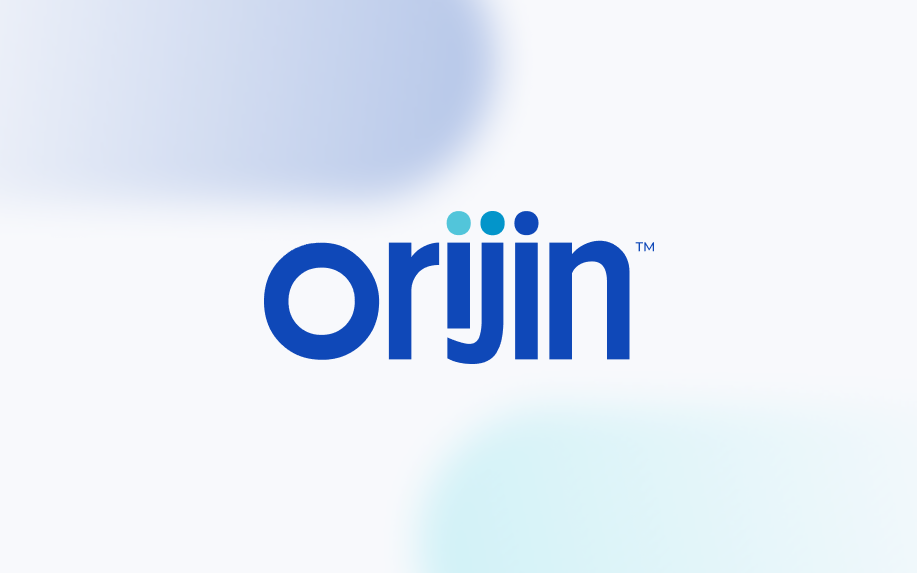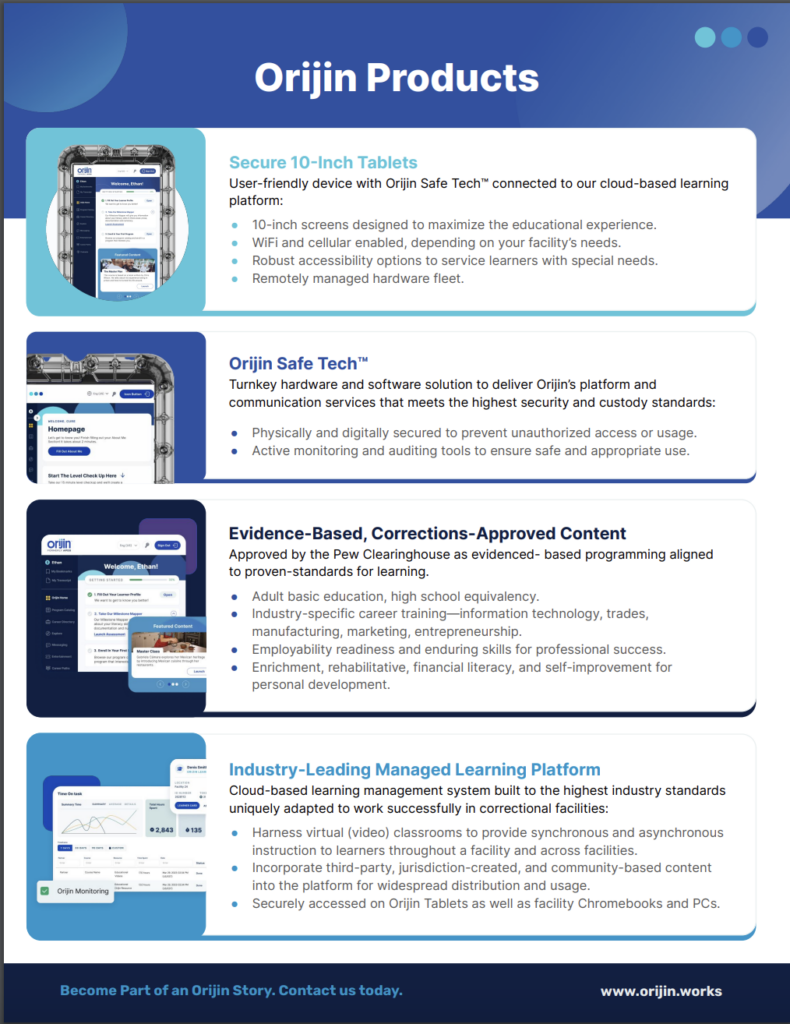By Amy Lopez, Ed.D
In an era that has seen national initiatives such as the Individuals with Disability Education Act (IDEA), No Child Left Behind (NCLB), and the Every Student Succeeds Act (ESSA), you might assume that all Americans have a high school diploma, or high school equivalency. If only that was the case. It’s certainly our goal, collectively as a nation, but the reality is that there are still a number of young people who find their educational journey disrupted for one reason or another, including involvement with the justice system.
With around two million people incarcerated in the United States and millions more passing through our jails each year, effective reentry strategies are more vital than ever. A central component of these strategies is the accelerated pathway to high school equivalency (HSE) diplomas through evidence-based educational programming. Yet, while 43% of all surveyed individuals incarcerated in state prisons reported some participation in educational programming during their confinement, only 17% of surveyed individuals were currently receiving educational programming. In addition, research shows that 25% of adults in federal and state prisons are unable to enroll in an educational program because they are currently on a waiting list.
The white paper report, The Imperative for Increased Access to High School Equivalency Programming in Corrections for Successful Reentry, I wrote, addresses the myriad challenges facing correctional facilities and advocates for the increased investment in educational resources and technology to support incarcerated learners.

“As a correctional educator, I can attest to the value of possessing that high school credential. I’ve seen the results, positive and negative, with my own two eyes, and with my heart. I’ve had the pleasure of watching young and not-so-young people alike light up on graduation day inside prison walls when they celebrate earning their high school diploma or equivalency.“
– Amy Lopez, Ed.D
Key insights from the white paper, include:
- Economic Stability: A high school equivalency credential is increasingly essential in today’s job market, with 73% of U.S. jobs requiring it. Justice-impacted individuals who obtain their HSE are more likely to secure employment and earn higher wages.
- Recidivism Reduction: Higher levels of education correlate with lower recidivism rates. The restoration of the Pell Grant for incarcerated students further enhances opportunities for increased postsecondary education, and reduced recidivism.
Personal Growth: Earning a HSE fosters personal growth, self-esteem, and empowerment, positioning individuals for successful reintegration into our communities.
Case Studies: The white paper also highlights successful collaborations between correctional institutions and Orijin, showcasing the transformative impact of educational technology in carceral settings. Notable examples include the New Mexico Corrections Department and the Massachusetts Department of Correction, where our digital learning platform has significantly increased HSE completion rates.
As a correctional educator, I can attest to the value of possessing that high school credential. I’ve seen the results, positive and negative, with my own two eyes, and with my heart. I’ve had the pleasure of watching young and not-so-young people alike light up on graduation day inside prison walls when they celebrate earning their high school diploma or equivalency. I’ve heard people tell me that attaining said credential was a dream that they thought would be forever out of their reach; and I’ve seen what having that credential does, not only for their self-confidence, but for their ability to attain and sustain employment once they’re home.
Even during incarceration, the sooner an individual can achieve a highschool diploma or equivalency, the better their odds are of not recidivating upon release. Why? Because with a secondary credential, you can go on to pursue a postsecondary degree. You’re eligible for vocational training. Your custody level is improved (this is carceral-talk for the process that jails and prisons use to indicate the extent of security measures required for an individual). In short, having a secondary credential improves the status and opportunities in life for justice-impacted individuals. To learn about the power of a highschool equivalency diploma, please read the blog post, which features Rodney Brown, my former student and now colleague and dear friend.
However, correctional facilities face many challenges in how many individuals they can accommodate in prep classes. There are waiting lists. There isn’t enough space. There aren’t enough teachers. There aren’t enough resources, period. Even with good intentions, so many factors may make large-scale instruction prohibitive for correctional institutions.
It is my hope that this report will provide valuable insights and actionable strategies for enhancing educational opportunities within correctional facilities from throughout the nation. I invite you to download the white paper and join us in our mission to break the cycle of incarceration through the power of education.




